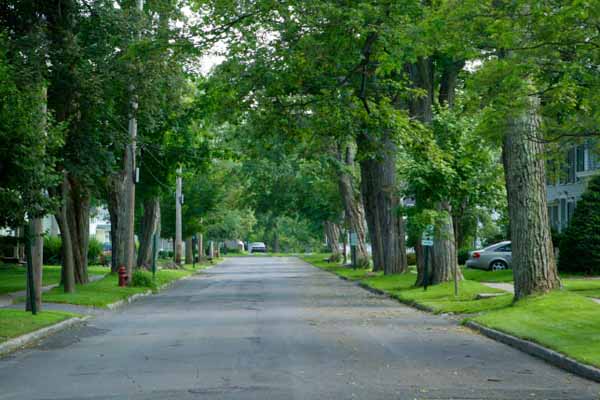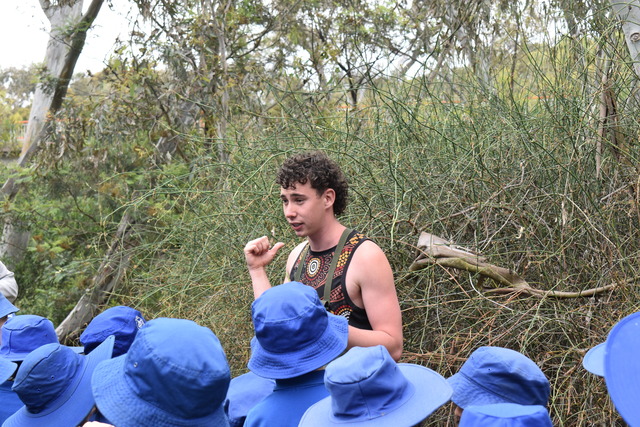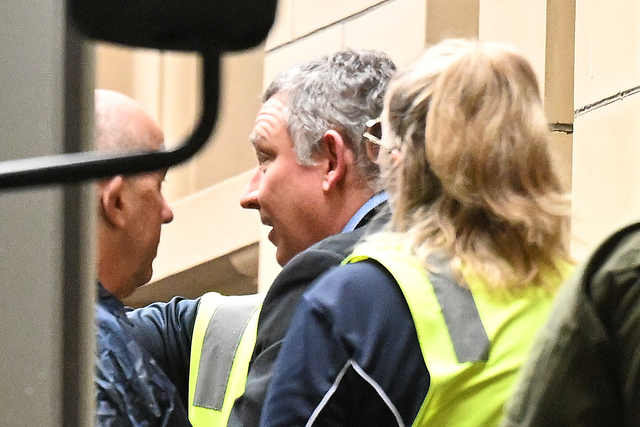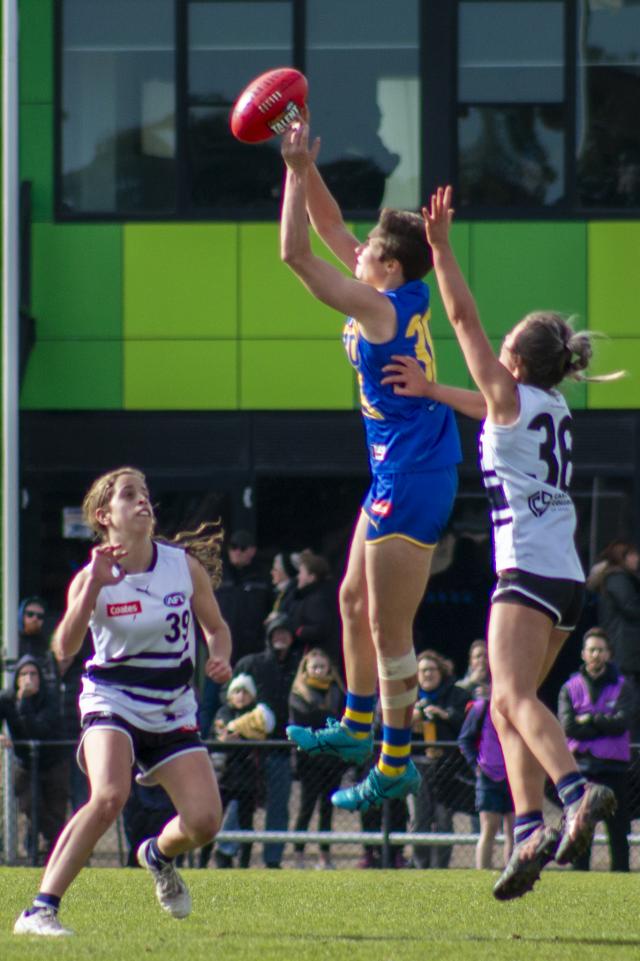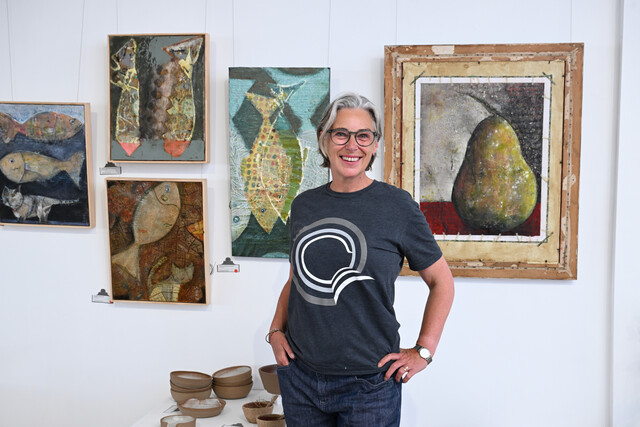Melbourne’s west is feeling the positive effects of a major tree planting program, according to a new study from RMIT University.
The study looked at the Greening the West project which was initiated by City West Water in 2011 with the aim of planting a million trees in Brimbank, Hobsons Bay, Maribyrnong, Melton, Moonee Valley and Wyndham.
Lead researcher Casey Furlong, from RMIT’s Centre for Urban Research, said the project represented a major win for residents facing significant socioeconomic and health disadvantages in comparison to the rest of Melbourne.
“These vulnerabilities are compounded by a significant deficit in trees and quality public green space,” Dr Furlong said.
“Melbourne’s western suburbs currently have tree canopy coverage of only five to 10 per cent, whereas the rest of Melbourne’s suburbs have between 10 and 30 per cent.
“Greening the West has made substantial on-the-ground differences, most notably adding almost one million more trees in and around Melbourne’s west, and contributed indirectly to increasing the number of street trees through changing local government priorities.”
The study noted the addition of these trees could have major environmental, economic and health benefits, including lower mortality rates during heatwaves, better air quality and increased house prices.
Brimbank has planted more than 180,000 trees since the program began, and has led the way among the six western councils, according to the study.
On top of the tree planting, Brimbank council has implemented planning scheme changes that require trees in the private gardens of new developments, created an urban forest development strategy and heavily promoted environmental programs through its website.
Brimbank mayor John Hedditch said the GTW project was an important part of the council’s long-term environment strategy.
“Council is delighted that this important research is raising awareness of the vital work that Brimbank and other partners are carrying out as part of Greening the West,” he said.

